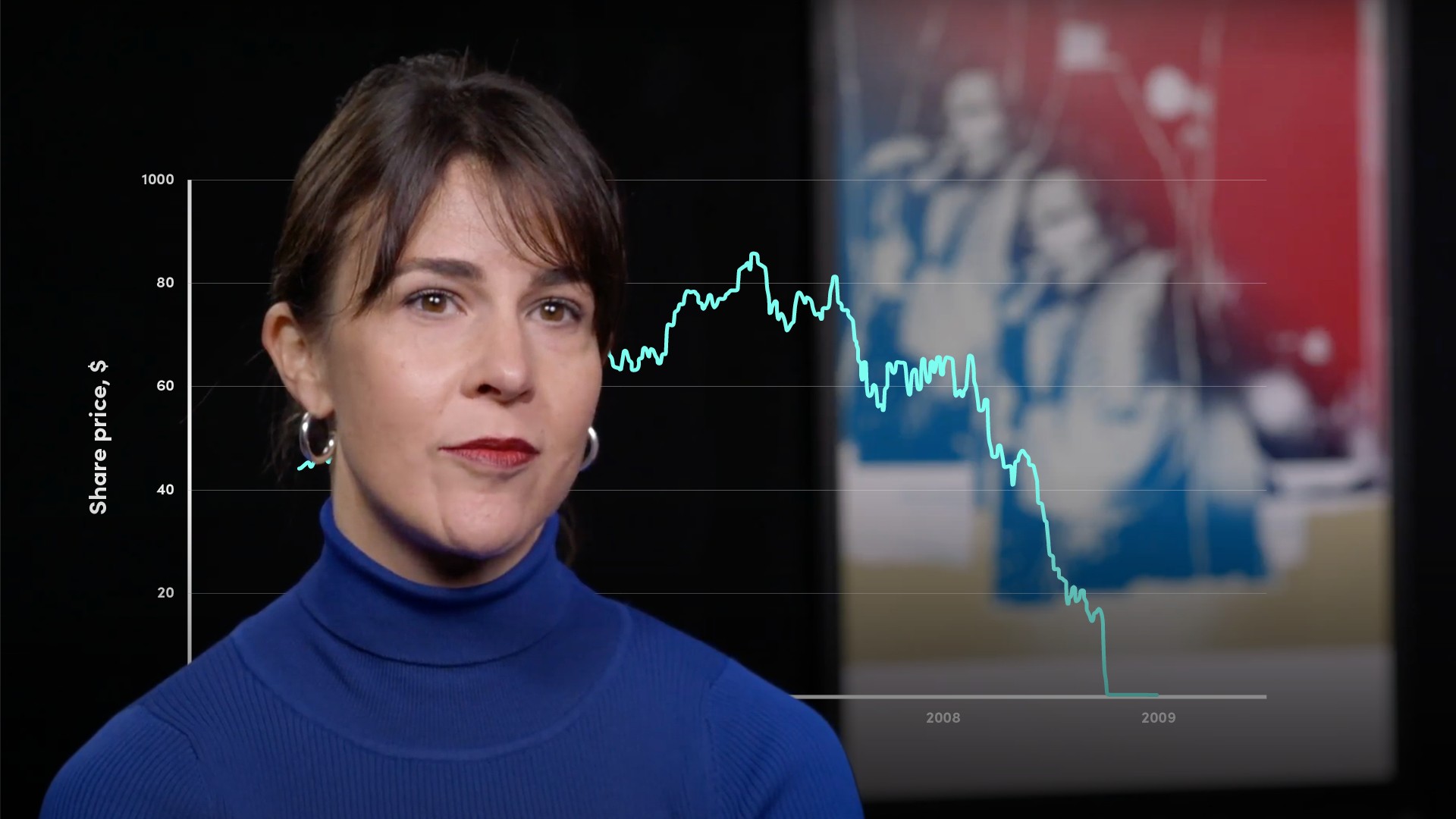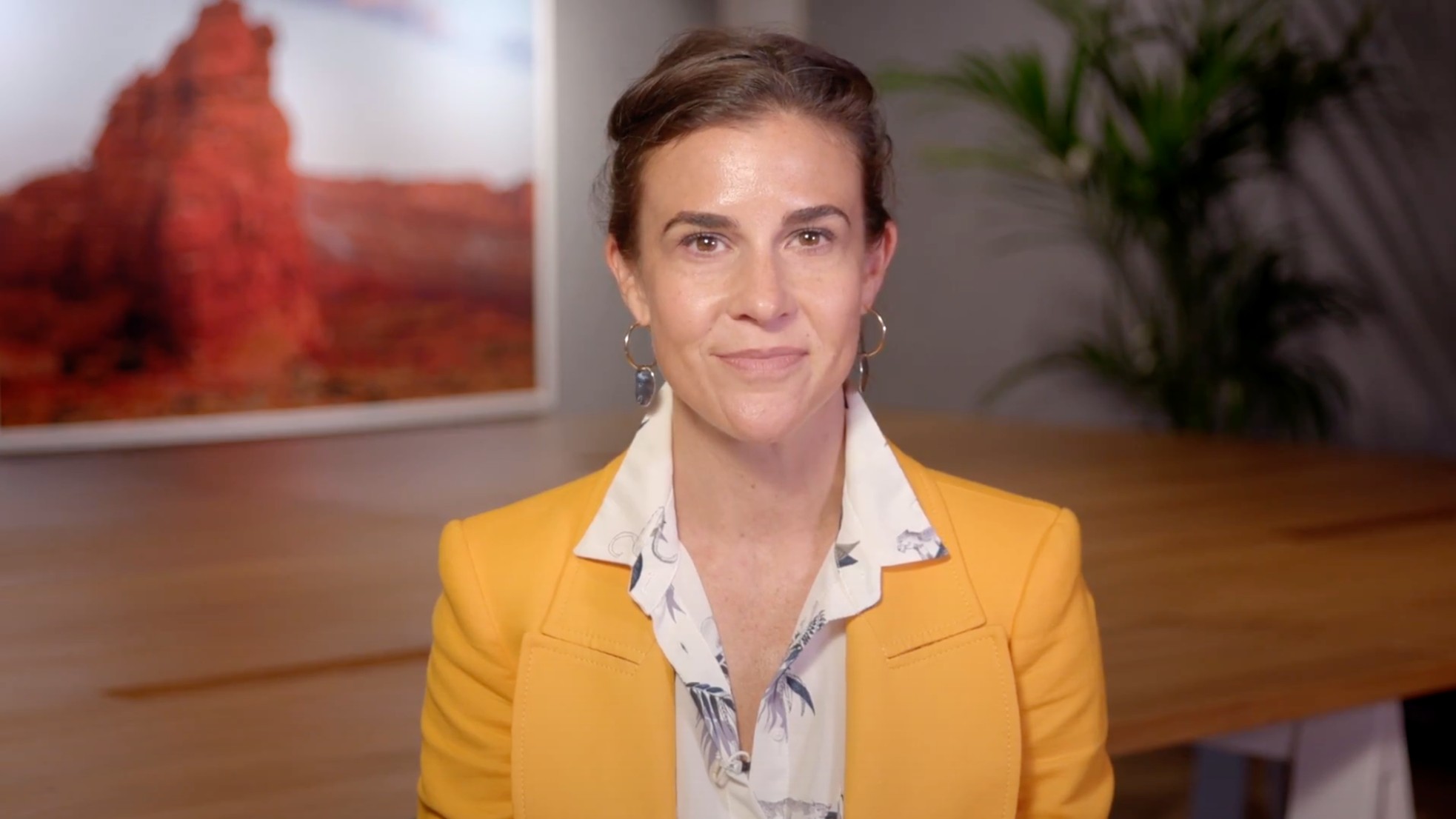
The Failure of Lehman Brothers II

January Carmalt
20 years: Research & banking
Lehman had a colourful history of surviving crises, specifically under the guiding hand of its CEO, Richard S. Fuld Jr. Appointed Chief Executive after its spin off from American Express in 1994. In the second video of this series on "Someone had to fail", January gives us an overview of the history of Lehman Brothers and what led the Lehman Brothers to collapse.
Lehman had a colourful history of surviving crises, specifically under the guiding hand of its CEO, Richard S. Fuld Jr. Appointed Chief Executive after its spin off from American Express in 1994. In the second video of this series on "Someone had to fail", January gives us an overview of the history of Lehman Brothers and what led the Lehman Brothers to collapse.
Subscribe to watch
Access this and all of the content on our platform by signing up for a 7-day free trial.

The Failure of Lehman Brothers II
10 mins 33 secs
Key learning objectives:
Who was Dick Fuld and what role did history play in Lehman’s fall?
What is the difference in liquidity and solvency?
What accounting did Lehman use to hide losses?
What are Federal loans and guarantees and how are they important?
What role, if any, would personal rivalries play in the fall of Lehman?
Overview:
Before it’s collapse, Lehman had a history of navigating financial disasters- having forged a reputation as a Wall Street Titan that could weather market headwinds with amazing foresight, specifically under the guiding hand of its long-standing CEO Dick Fuld. Indeed, Fuld was one of the longest standing CEOs on Wall Street and engendered a culture of fierce loyalty and commitment from his staff. As the credit tsunami gained pace, Fuld sought to calm shareholders and acted to shore up capital through a series of rights issues and capital calls. But when a failed merger with Korea Development forced Lehman to bring forward further losses, their fate was sealed. The plan to save Lehman was now in the hands of Treasury Secretary Hank Paulson as he and other key players scrambled for a plan to bail out one of Wall Street’s giants but WITHOUT the backing of Federal loans or guarantees. With no buyers willing to take on Lehman’s losses, time ran out and in the end Lehman was sacrificed to prevent even larger bankruptcies that loomed ahead.
Subscribe to watch
Access this and all of the content on our platform by signing up for a 7-day free trial.
Who was Dick Fuld and what role did history play in Lehman’s fall?
Dick Fuld was appointed Lehman’s CEO in 1994 and oversaw 14 years of rising profitability. As CEO, Fuld had a reputation as something of an imperious icon of Wall Street, steering the firm through good times and bad with unflappable confidence. He started his career at Lehman in 1969 as a commercial paper trader, and at the time of its collapse was the longest serving CEO on Wall Street, having survived the Asian and Russian debt crises as well as the collapse of Long Term Capital Management. When it came to handling crises, Fuld had proven a steady hand. But so inured to his past success, one may argue Fuld was too experienced, perhaps too arrogant to spot the credit iceberg ahead.
What is the difference between liquidity and solvency?
Liquidity is the lifeline of financial institutions’ day-to-day, bread and butter borrowing and lending activity. Banks must retain adequate liquidity- ie cash, CDs, treasuries or other liquid assets to cover deposit outflows, short-term debt obligations or other obligation accelerations under a series of stress-tested scenarios. Whilst Lehman’s demise was a consequence of weak capitalisation, or solvency, its immediate collapse was precipitated by an acute lack of liquidity; it simply ran out of cash. We explore this fully in our tutorial on the Liquidity Coverage Ratio. Solvency is a measure of a bank’s capitalisation. When losses exceed stated capital, a bank is no longer solvent.
What accounting did Lehman use to hide losses?
By Q3 2008, through some smoke-and-mirror accounting the balance sheet shrank 23%, or $186 billion to $600 billion in just 6 months. Reported liquidity appeared adequate at $42 billion, and leverage magicly fell to 21x. This was achieved by shifting assets around through something called Repo 105, which temporarily moved toxic assets off balance sheet, thus improving reported liquidity, leverage and solvency.
What are Federal loans and guarantees and why are they important?
Federal loans and guarantees offer potential acquirers Federal insurance against any future losses, an attractive incentive for would-be white knights to purchase distressed assets. In March 2008, JPMorgan purchased Bear Stearns for $30bn, majority funded by a $29bn Federal Loan backed by Bear Stearns unencumbered home loan assets. The Federal Reserve Bank of New York guaranteed JPMorgan it would cover any and all losses above $1bn stemming from its purchase of Bear Stearns. However, Treasury Secretary Hank Paulson categorically ruled out any such guarantees for Lehman Brothers. Many suspect this was a key driver that scuppered potential deals with KDB, BoA as well as Barlcays, ergo paving the way for Lehman’s collapse.
What role, if any would personal rivalries play in the collapse of Lehman?
As the former Goldman Sachs CEO, Treasury Secretary Hank Paulson was a one time Wall Street rival to Dick Fuld. Some speculate this clash of egos perhaps played a role in Paulson denying his one time rival the Federal funding necessary to produce a workable rescue package. As architect of the Federal packages for Fannie Mae, Freddie Mac, Bear Stearns, AIG as well as the colossal $700bn TARP fund that followed, there are some who argue that Paulson viewed Lehman as a convenient sacrificial lamb, one necessary in order to preserve the global financial sector and global economy from further devastation.
Subscribe to watch
Access this and all of the content on our platform by signing up for a 7-day free trial.

January Carmalt
There are no available Videos from "January Carmalt"



























